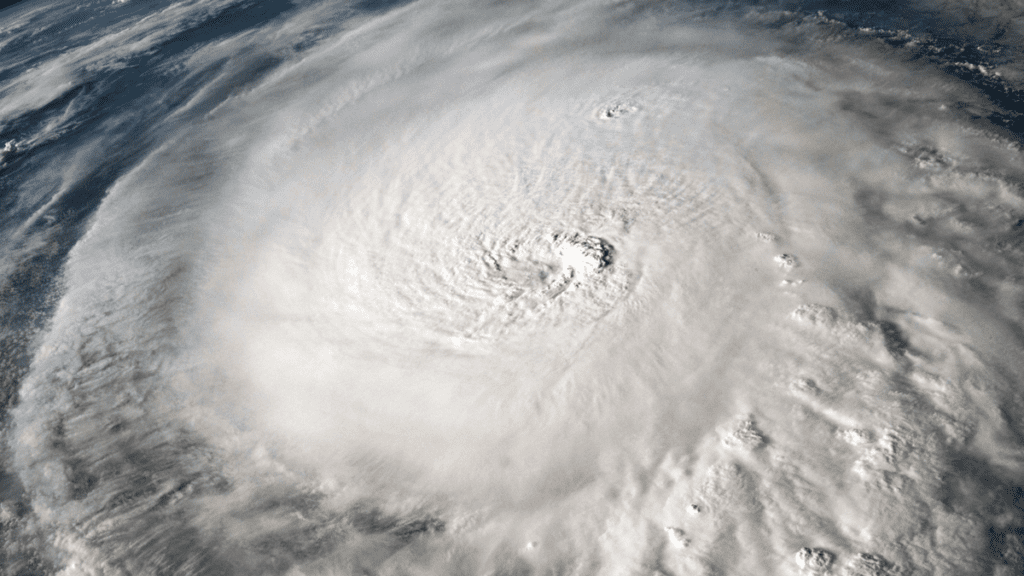NOAA Drops Hurricane Hunter’s Ashes Into 179 MPH Winds of Hurricane Milton

Hurricane Milton made landfall in Florida last night, bringing with it enormous storm surges, winds of up to 130 mph and the ashes of a dead scientist that were dropped into the eye of the storm by the National Oceanic and Atmospheric Administration.
I Need A Convertible That Can Handle Colorado Winters | WCSYB?
No, your eyes aren’t deceiving you with that last one, the NOAA really did spread the ashes of one of its scientists into the eye of Hurricane Milton before it made landfall this week.
Earlier this week, one of the NOAA’s Hurricane Hunter aircraft taking measurements from inside the enormous storm had a very special mission to carry out. The plane and its crew flew into the heart of the storm, which was a category five hurricane at the time, and spread the ashes of radar scientist and hurricane researcher Peter Dodge into the storm, reports Ars Technica.
At the time that Dodge’s ashes were dropped into the ferocious storm, wind speeds were recorded at around 156 knots, which is roughly 179 mph. As Ars Technica reports:
On Tuesday evening during a measurement flight, the NOAA Aircraft Operations Center dropped the ashes of Peter Dodge, a longtime radar scientist and hurricane hunter, in the eye of Hurricane Milton. The drop honored Dodge’s 44-year career and his contributions to radar meteorology and tropical cyclone research.
As the powerful and dangerous storm bears down on Florida, the release of Dodge’s ashes was an unusually peaceful moment during a type of flight that is typically quite turbulent. Michael Lowry, a Hurricane Specialist and Storm Surge Expert at WPLG-TV in Florida, celebrated the moment on X, calling it a “beautiful tribute.”
Lowry’s post included a screenshot of a Vortex Data Message, which is a log of in-flight observations made by hurricane reconnaissance aircraft, detailing the storm’s center location, pressure, wind speed, temperature, and other key meteorological data used to assess the intensity and structure of the cyclone. At the end, a tribute line reads, “PETER DODGE HX SCI (1950–2023) 387TH PENNY.”
The tribute line is geologist code, and has a few key phrases in it to give away what it means. In the line, “HX SCI” means “hurricane scientist,” and “387TH PENNY” means that this was Dodge’s 387th flight into the heart of a hurricane, reports Ars Technica.
Dodge died in March 2023, reports the New York Times, at the age of 73. Through his career, he spent more than 40 years working for federal government services, developing his expertise in advanced radar technology. It was this work in radar that brought him to the NOAA, where he carried out work on the ground and in the agency’s hurricane-tracking aircraft, as the NYT reports:
The lab added that during hurricane seasons, Mr. Dodge would serve as the onboard radar scientist on hurricane missions. He also designed flight modules and coordinated with research landfall teams to gather data with mobile weather platforms, contributing to efforts to better understand the evolution of hurricanes’ structures.
Over the course of Mr. Dodge’s career, he received the Department of Commerce Bronze Medal, two NOAA Administrator Awards, and the Army Corps of Engineers Patriotic Civilian Service Award.
Hurricane Hunter crews shared video of what it’s like onboard one of the three aircraft used for such missions earlier this week. At the time, Milton was a category four storm barreling toward the Florida coast, which it hit last night bringing high winds and heavy rainfall, and cutting power to millions of residents.






